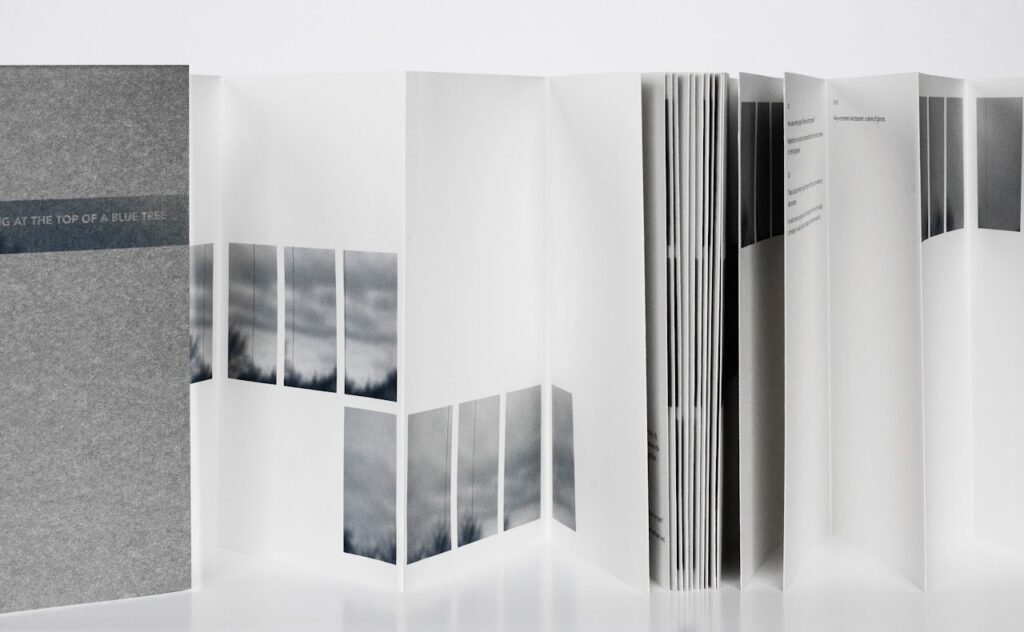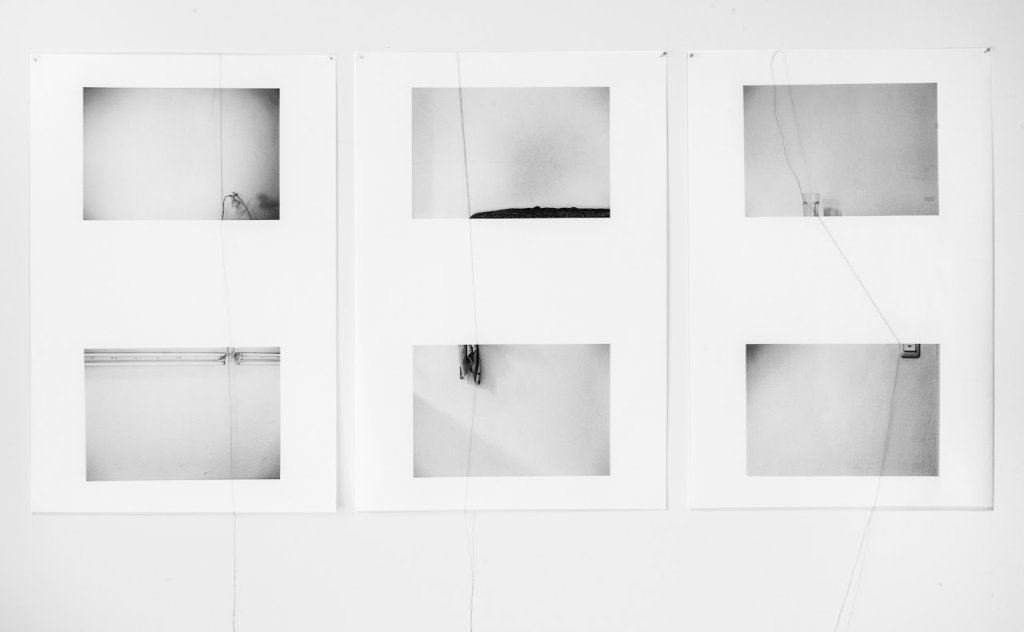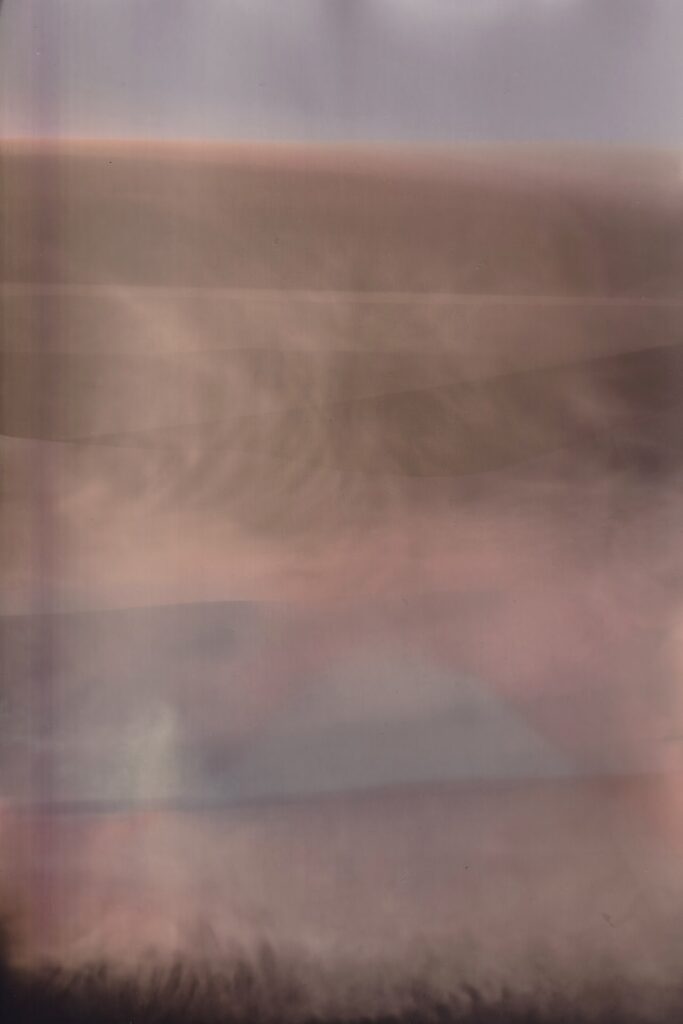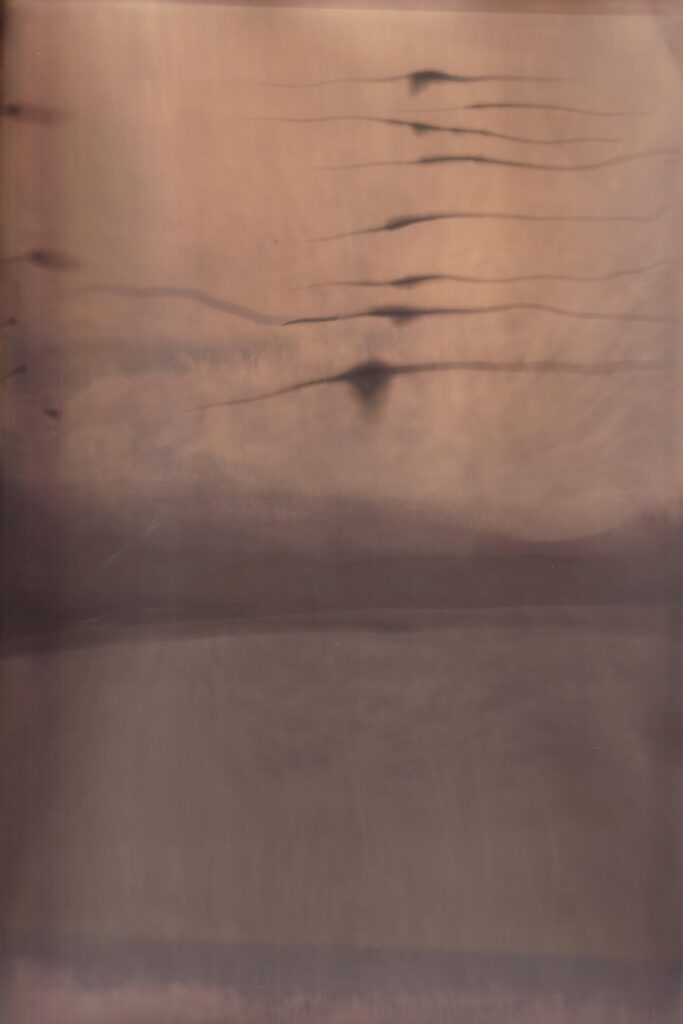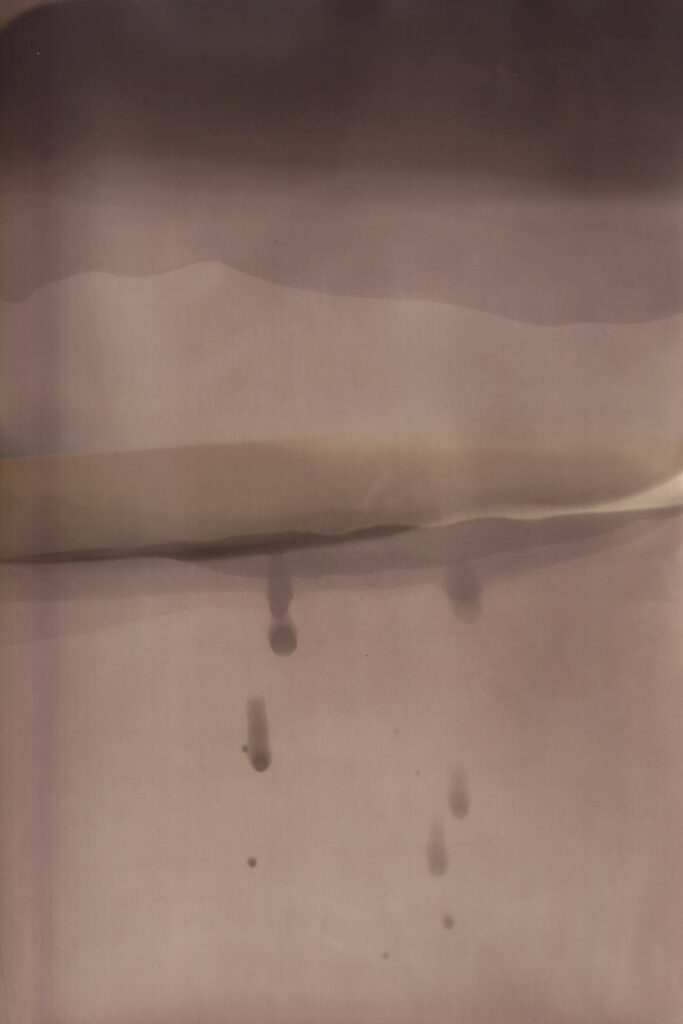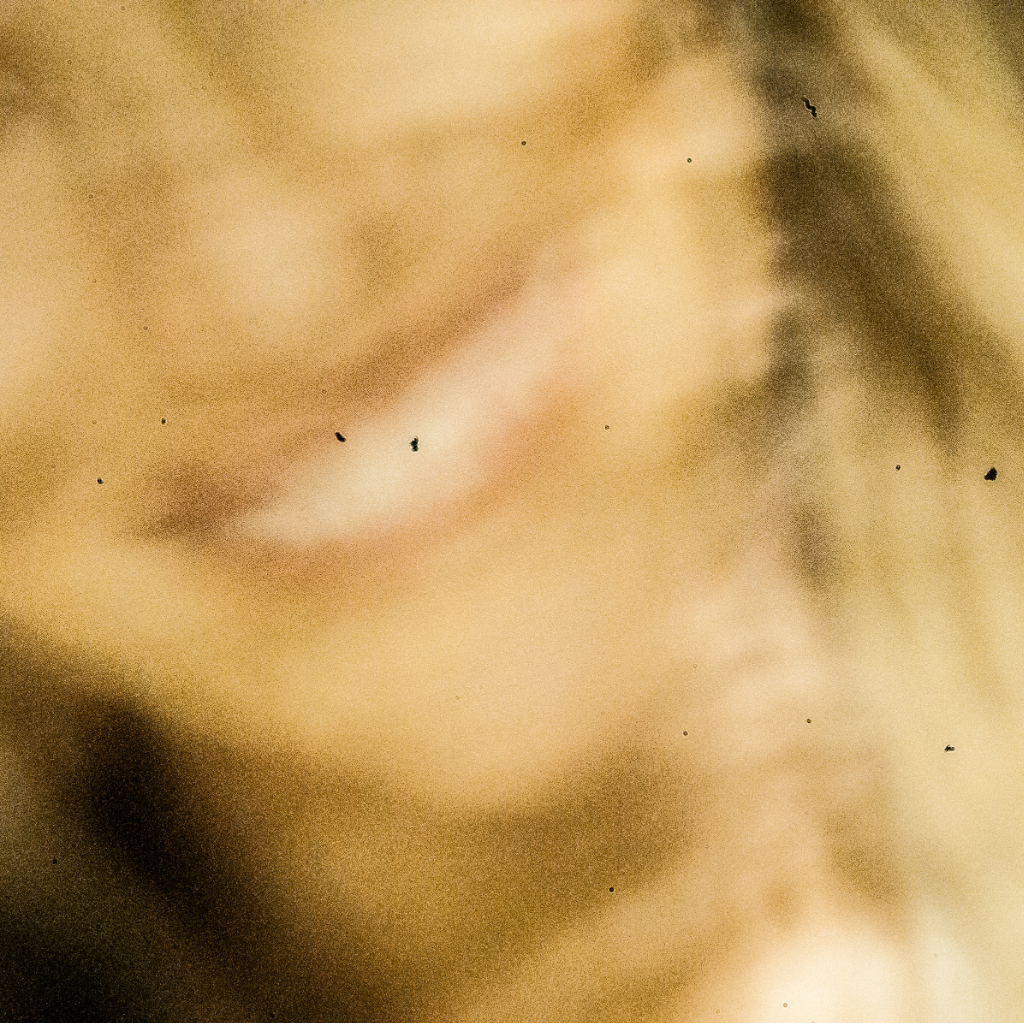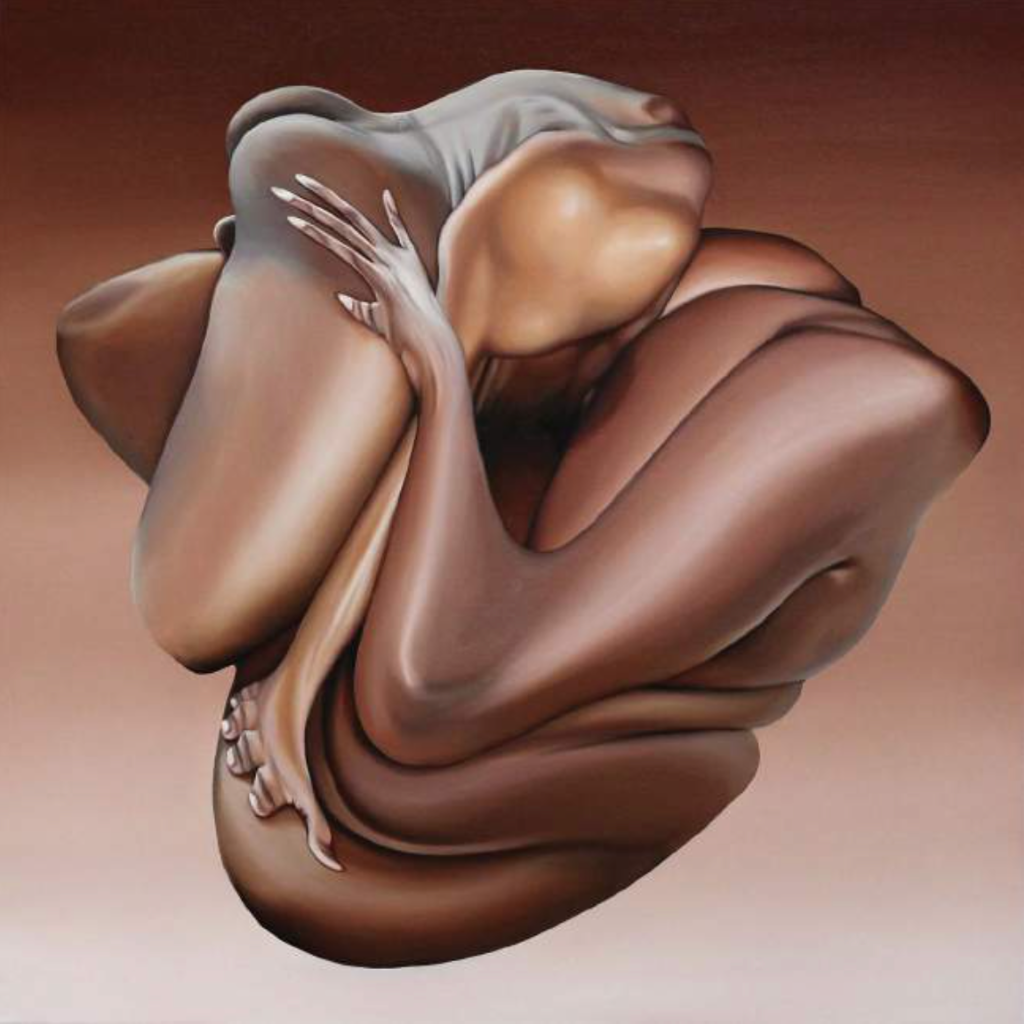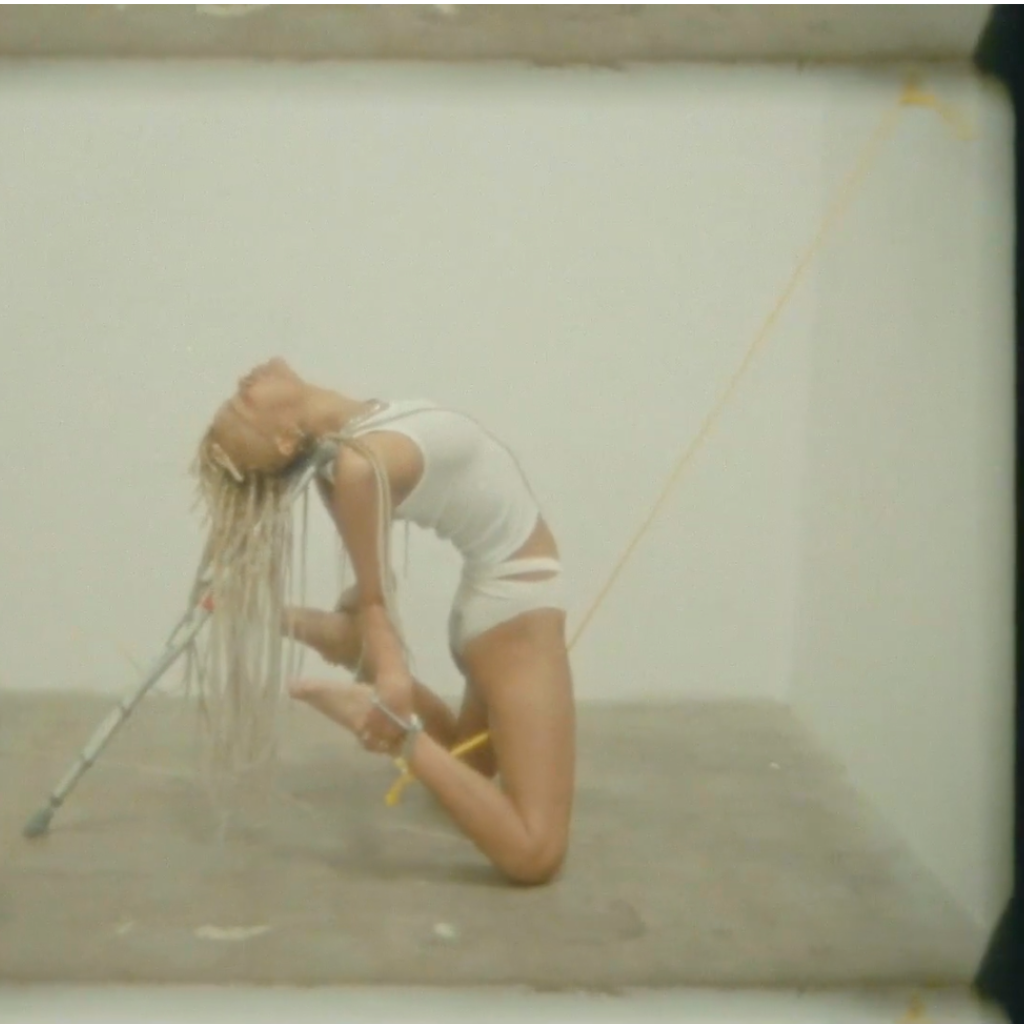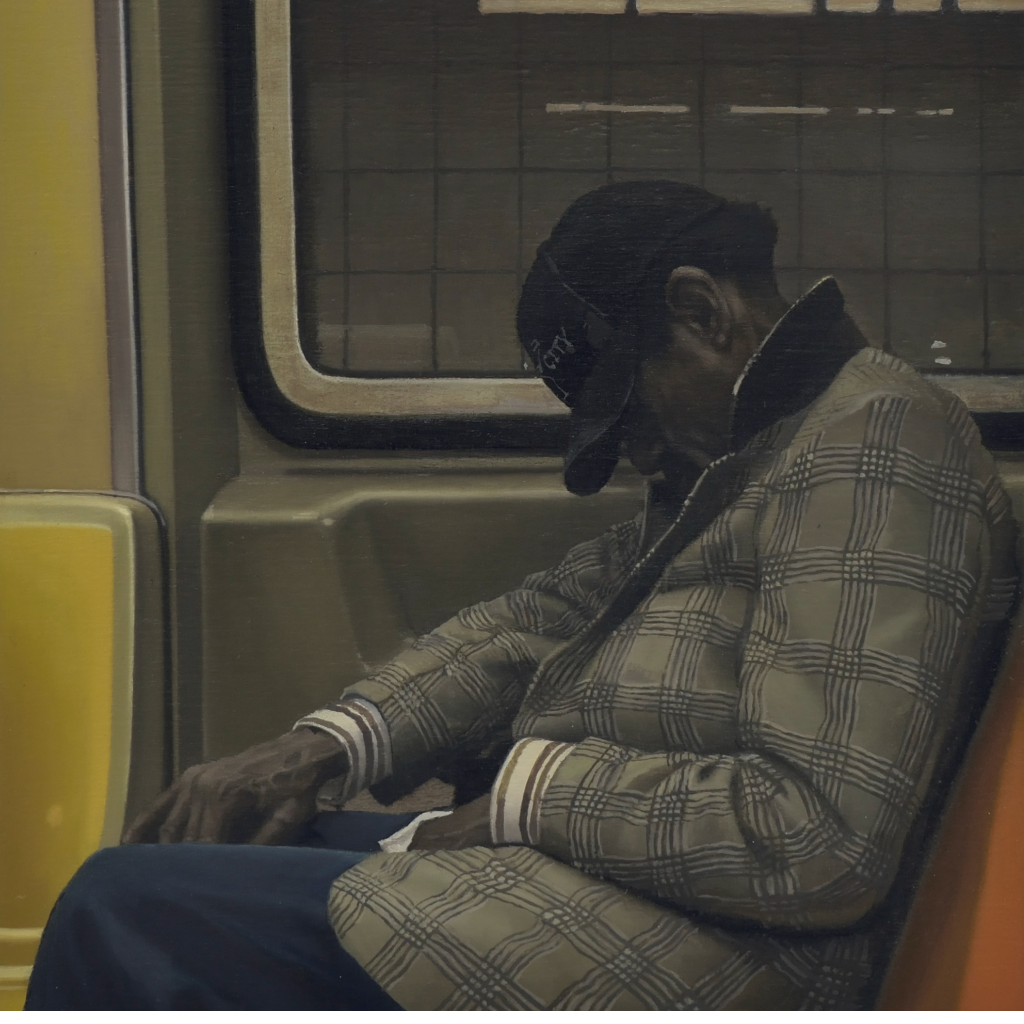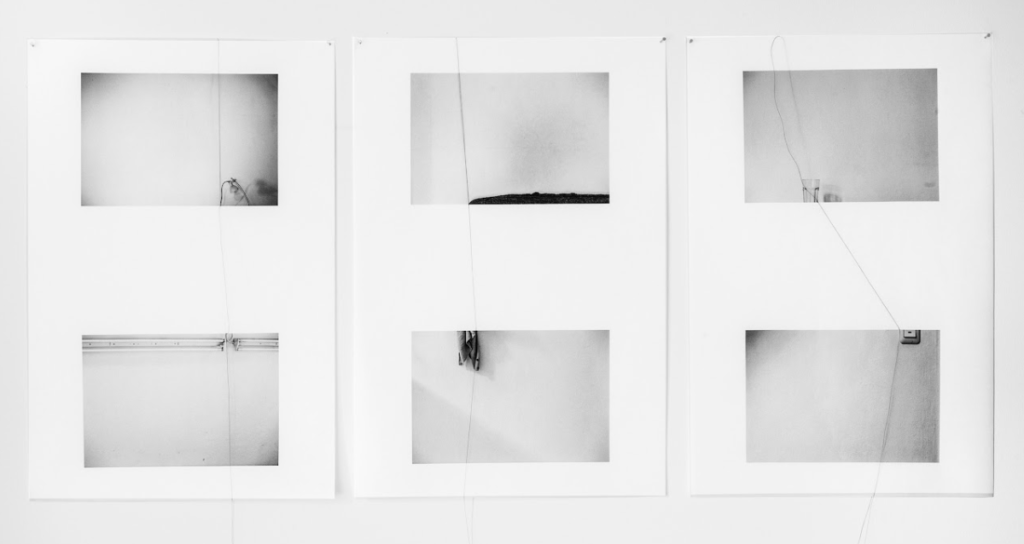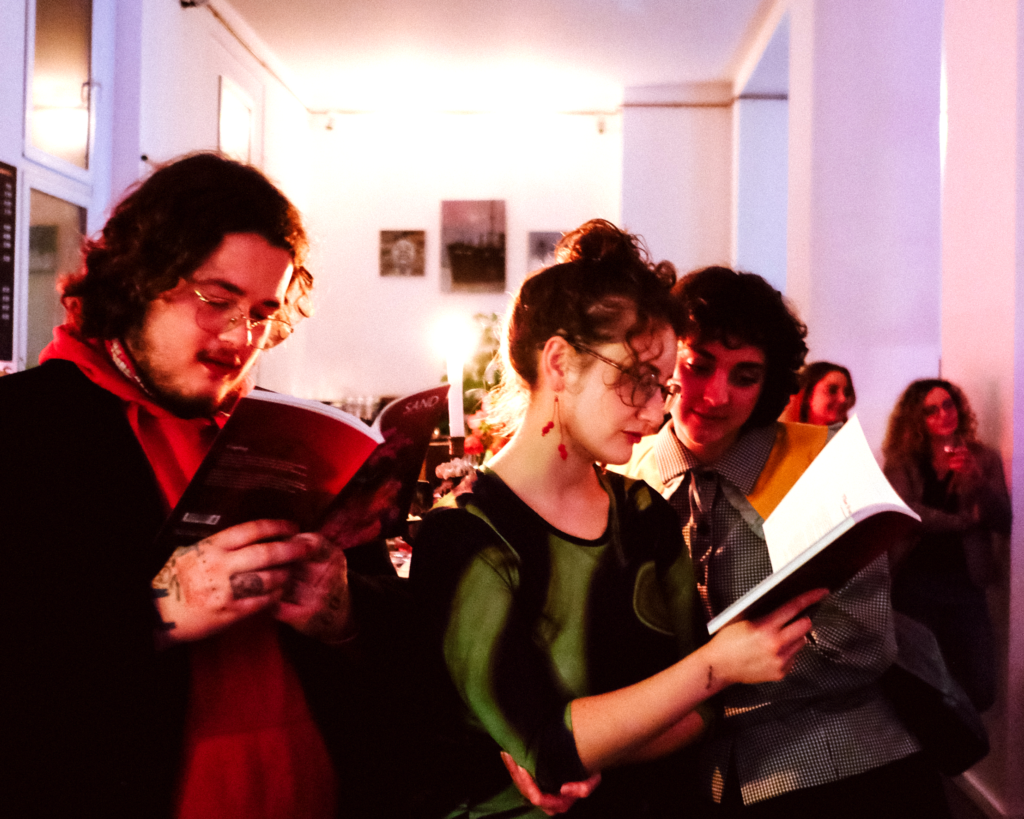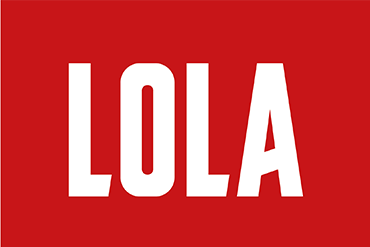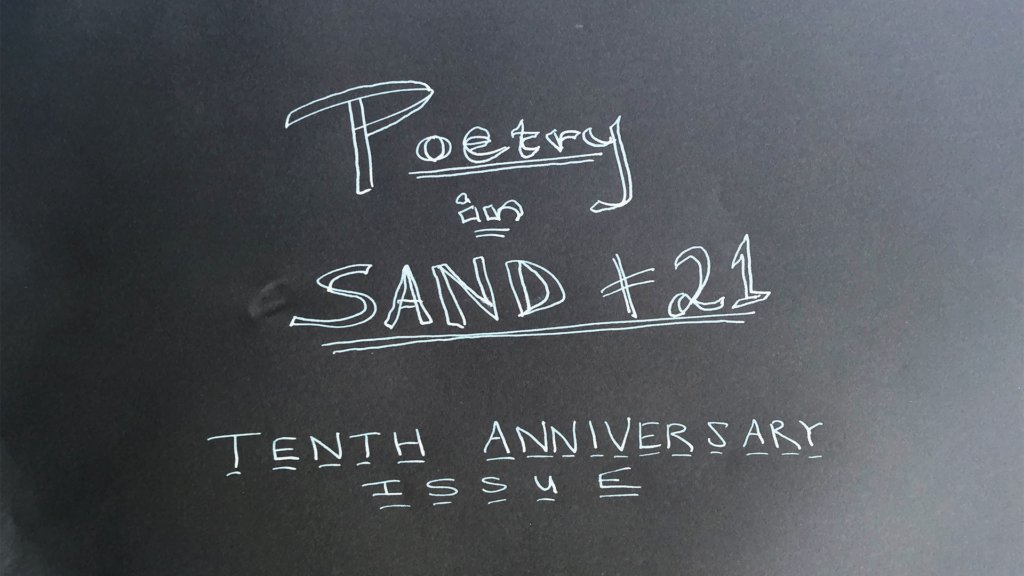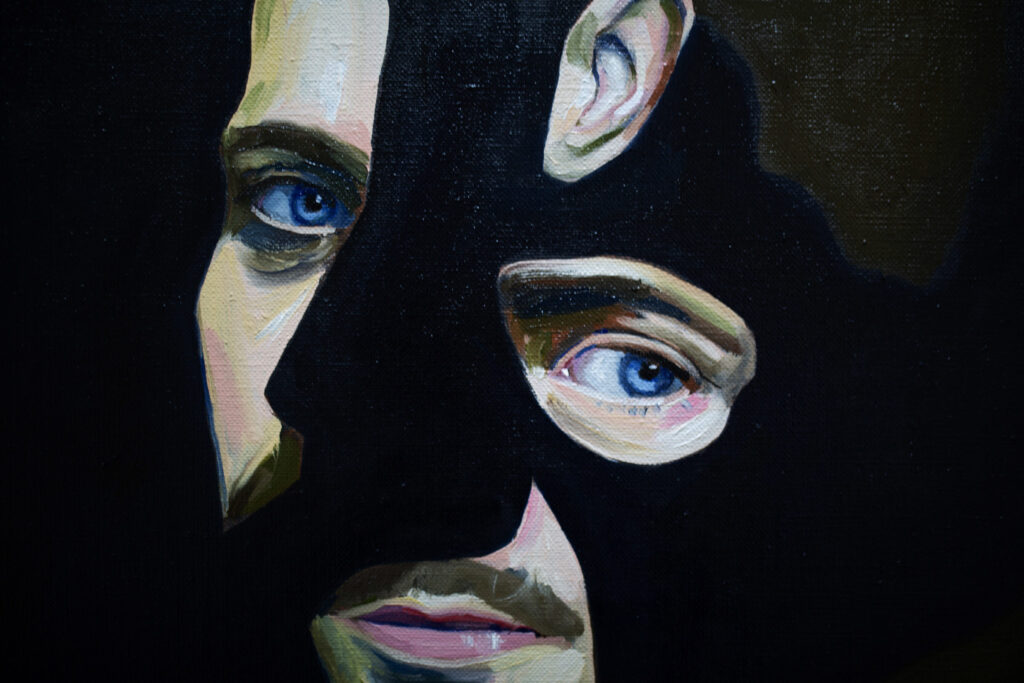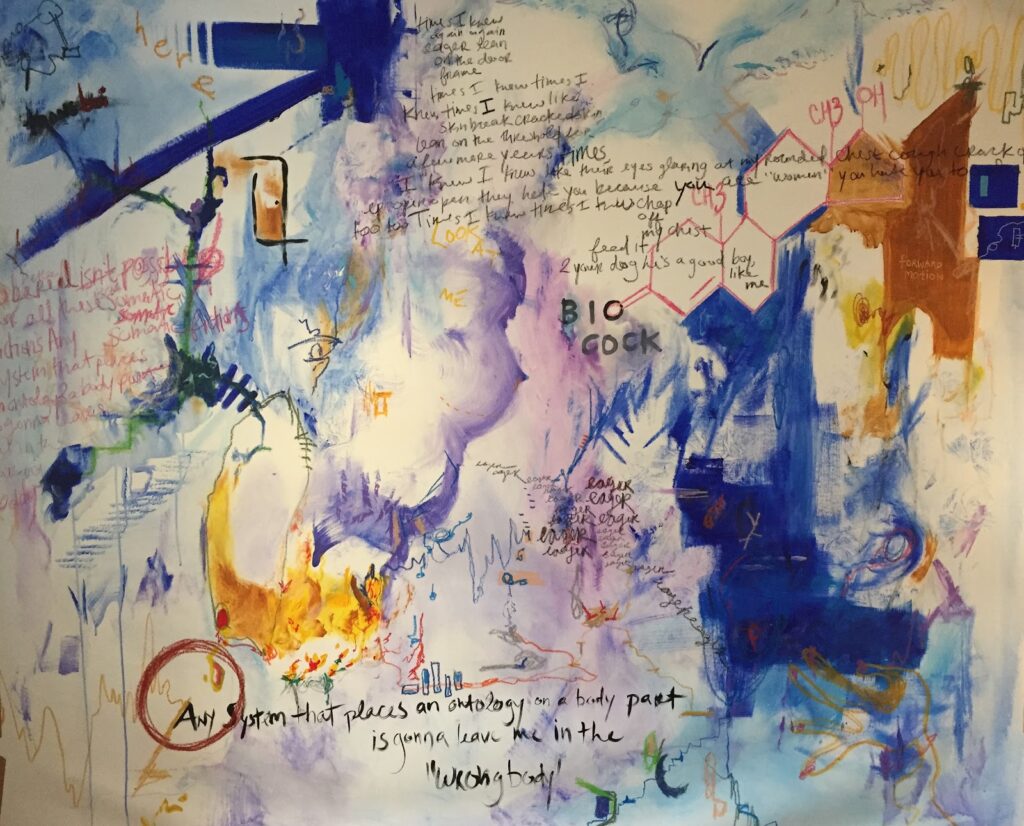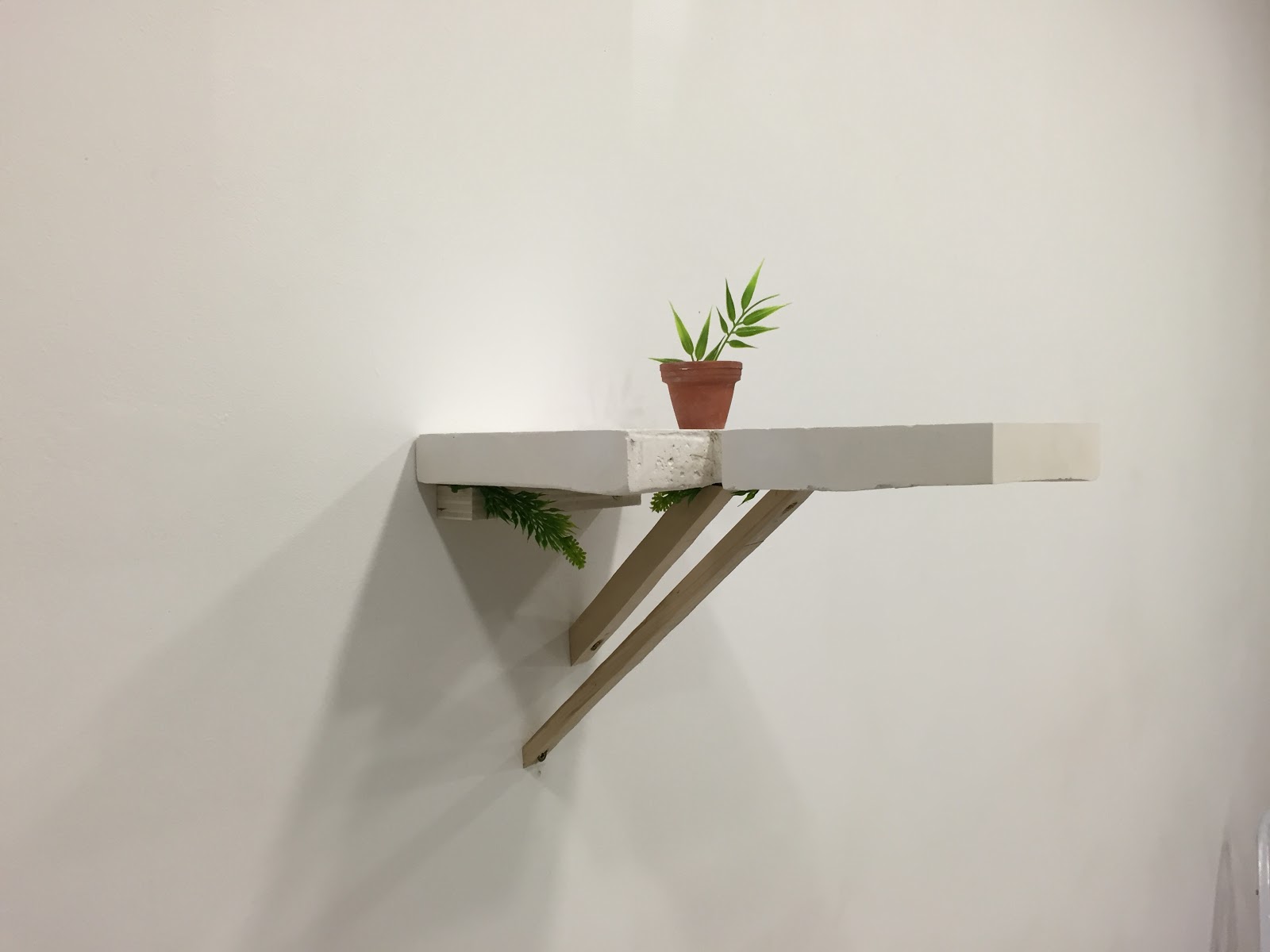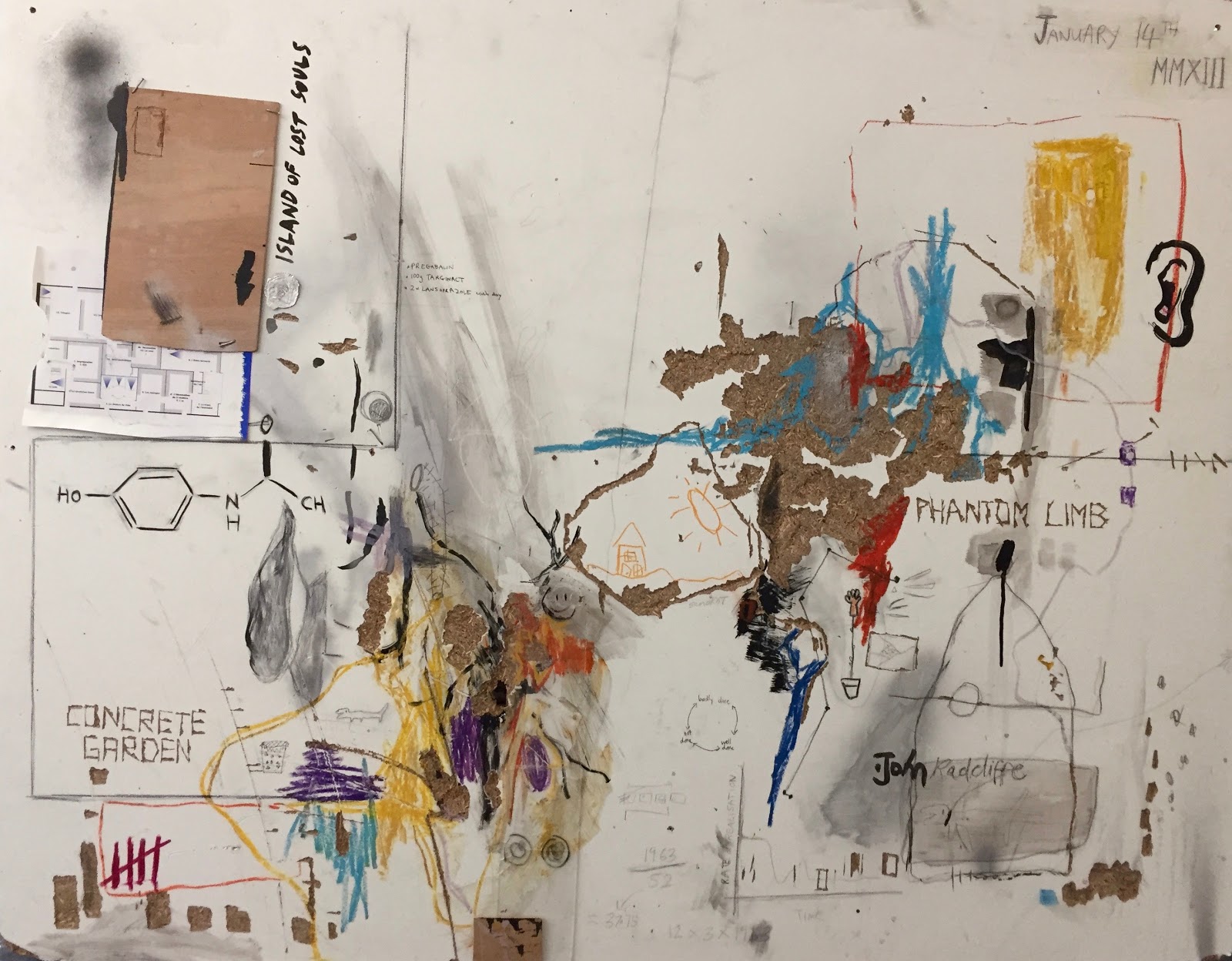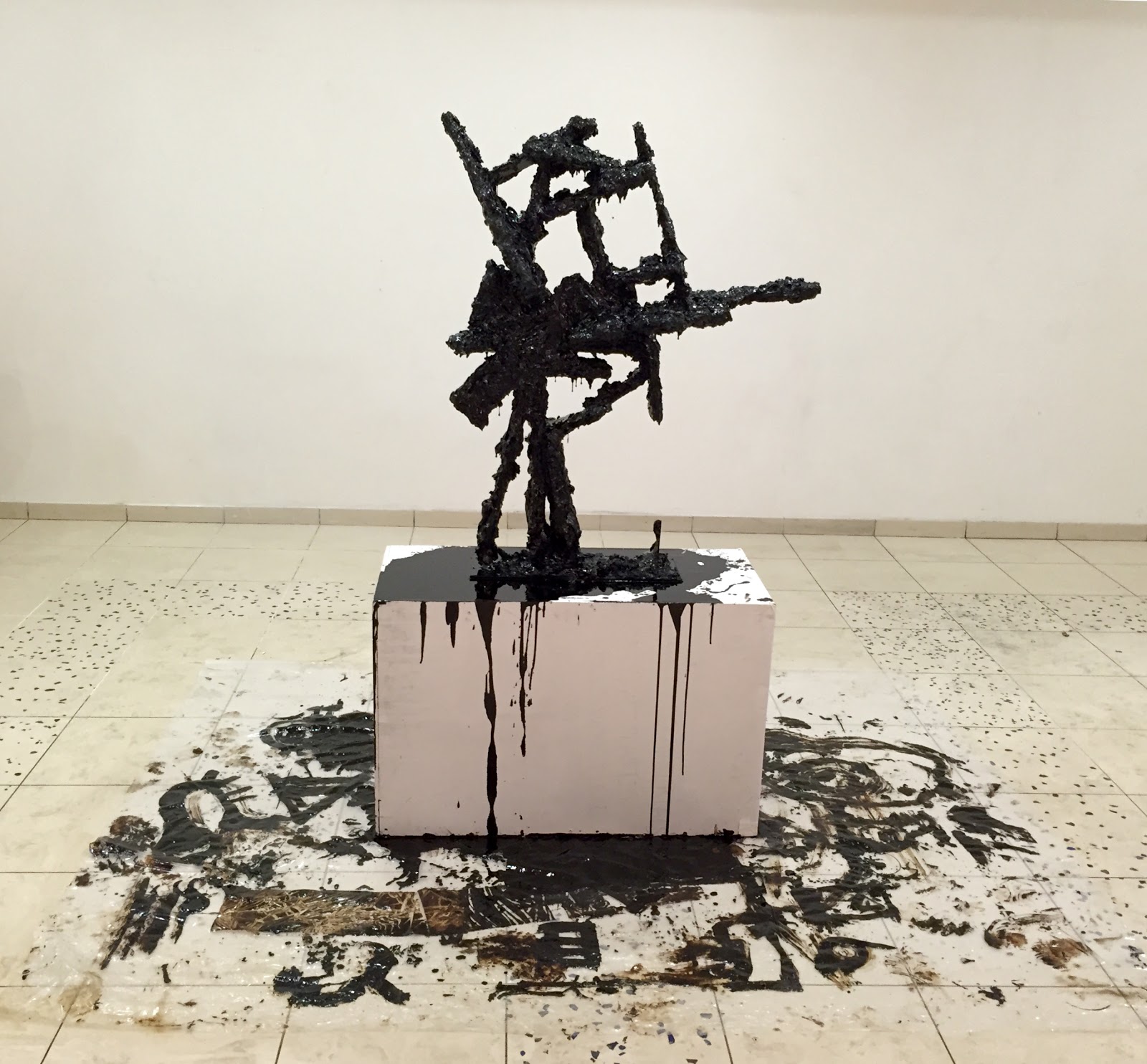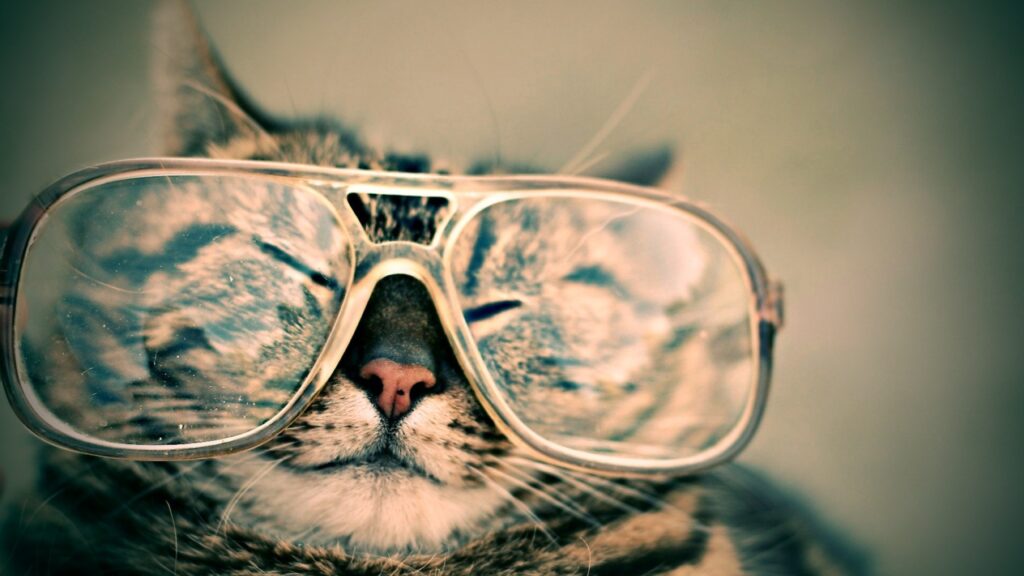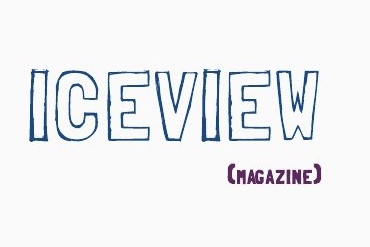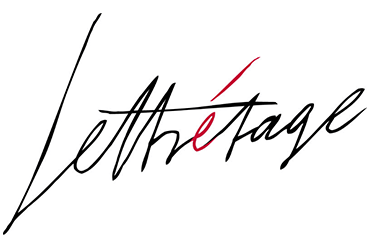Text by Crista Siglin and Natalie Mariko with an Introduction by Ashley Moore
Editorial Note: Crista Siglin is still with SAND as one of our co-poetry editors, and former poetry editor Natalie Mariko left SAND in 2019. We are very excited to have Emma Lawson on as our second poetry editor along with Crista. This article provides insight into SAND’s poetry style, and any future submissions should be sent to Crista and Emma.
AN INTRODUCTION TO AN INTRODUCTION
What do traditional artist’s introductions tell us? Biographical information, starting with current location. A list of publications, and if we’re lucky, an artist’s statement. The partners, dogs, parakeets, and children the artists might be living with in previously-mentioned current location.
When we asked our new poetry editors Natalie Mariko and Crista Siglin to introduce themselves, they agreed that this approach might “flatten” them rather than giving readers a “glimpse into their editing sensibilities,” according to Crista. So the two began with the traditional introductions and set out to “extend poetic abstraction/attention to the very boring, self-referential, wanky realm of artist introductions” by “deconstructing each other’s intros into poems.”
The idea was formed in a Berlin cafe, and the process was honed in a series of emails, during which our editors discussed deconstruction as introduction as well as deadlines and sick cats. As for the process, each editor would send over their traditional introductory “blurbs” and then each would “dissect” the other’s blurb into a poem. The discussion of process continued from there, along with more discussion of cats, and produced three poems that “introduce” each editor.
Natalie says the emails are actually the “better half of the two conceptual parts” since they are “the ghost in the machine made visible,” namely: “The process is all in there, not in me explaining why I moved a word to the next line” of the final poems, which are included at the end. Of the “essential” nature of the inclusion of the emails in this article, our poetry editors say:
“The drudgery of the sick cats, the banter–this is sort of @ the thematic heart of what I love to read. There is a cat vomiting on my carpet. The cat can’t help it. It just vomits, w/out want. An act of pure function. Poetry blames the cat. Or draws a connection btwn the cat retch & why the weather has been unseasonably warm. Or &c. The act of poetry is the attribution of intent to function, especially as it originates in the reader (in my example, Me watching the cat vomit). It blurs the definition btwn cat & weather. A type of willful schizophrenia.” — Natalie
“Poetry blames the cat. This for me has a morphic resonance with ‘Love’s the burning boy.’ An idea inflicting something on a character or object, and through that relationship, the nature of the idea can change alongside the character. ‘Casabianca’ by Elizabeth Bishop (in which the burning boy may be found) is one of my favorite examples of a poem subtly shifting expectation for how one word will defined throughout its course. Love’s meaning constricts and dilates, depending on the perspective and metaphorical highlighting. I always keep this in a corner of my mind. When I am writing or editing, I am looking for some way to expand or sharpen the meaning of a word. Whether it is through spacial means (this is how I approached editing Natalie’s introduction; through erasures and implementing space), repetition, or perspectival shifts.” — Crista
THE EMAILS
Natalie to Crista:
It’s fascinating to read about a colleague in this way–as if the person I will be seeing @ monthly meetings could be artistically reduced to a sort of list of acco.s & fixed opinions. I don’t know about you, but writing artist statements always made me feel rather pompous. Like sending a court clerk before me to announce my arrival. But perhaps even then there’s an artistry to something so seemingly banal as introduction, no? My thought is we limit this to no more than 3 volleys/editor, so as to avoid repetition.
Crista to Natalie:
Yes, I agree about both the banality and pomp of writing about oneself in this way. I had to cut a lot of words I was hiding under from mine…as well as graft different statements from different times together…yet I still feel hidden (but I couldn’t bear to start completely from scratch). It feels like writing about myself in this way misses most of the things for which I am actually proud of myself. But I can scarcely include “Crista can complete Jacob’s Ladder in ten seconds with her eyes closed.” It also misses one’s weaknesses. Like how many times I have to Google search the differences between certain words. Regardless, I am enjoying this exercise. Yours was quite fun to work with.
I hope your cat is okay.
Natalie to Crista:
Well, in terms of meeting that deadline, I’d classify this as ‘better late than never’. Now that we’ve given one another a raw rearrangement of the texts, perhaps it’d be fun to edit what the other’s made of them? And then perhaps thereafter combining them? Or? If you have something in mind, let me know. This is the most enjoyable writing task I’ve had in a solid few weeks.
The cats – Keala & Humus, the poor souls – are my roommate’s & the last I smelled they are quite ill. I have to help her give them two pills each every few hours which is painful for all of us.
Crista to Natalie:
I firmly believe in the better late than never philosophy.
CRISTA SIGLIN
By Natalie Mariko and Crista Siglin
| ONE
Crista Siglin finds herself living
in Berlin after having
grown up (as much
She creativestudied
She
chasing ghosts playing with other
people’s, food and watching her
way slowly but surely
She has shown
her visual various Kansas City
galleries
in . Crista’s poetry has
Sprung Formal Compendium Not Sorry Retro
grade-Craft(ed) Desolate Country Poets, Un-
Against Finding Zen in Cow Town and Prosper
o
She is the author of the poetry
Fleeting Sacred Sparta
n Press(ing). Her practice
a body
and the mind’s relation
ship to environmentraumatime
phantasm agoria.
attracted: to delve into elements and themes common in theater
and Other dramatic
platforms: to heighten psychological conditions (i.e. how specific
can depict a spectrum She also enjoys
subverted folk
loric. Crista admires
the paradoxical aspects of having
a body, and its withstanding
She finds the bodymind’s progression through time,
and questions definition and appearance
in the present moment. |
TWO
Crista finds
herself living
in Berlin after having
grown (as much
creativestudied
chasing ghosts
playing
other
people’s,
food
and watching
slowly but surely
has shown
visual various Kansas
galleries
in .
poetry has
Sprung
Compendium (of) Not Sorry
Retro
grade-Craft(ed)
Desolate country Poets, Un-
Against Finding Zen in Cow Town
and Prosper
o
She is the author of
poetry
Fleeting
Sacred Sparta
n Press(ing). Her practice
a body
mind’s relation
ship to environmentrauma
time
phantasm agoria.
attracted: to delve
elements
themes common
theater and Other dramatic
platforms:
to heighten psychological
conditions .
how specific
a spectrum
also
enjoys
subverted
folk
loric. admires
paradoxical aspects of having
a body
withstanding
finds the bodymind’s
progression through time,
questions definition a
appearance in the present
moment. |
THREE
a finds herself
chasin gghosts
playing other
people
and watching
slowly
but
surely
visual various Kansas
in poetry has SPRUNG
compendium of Not Sorry
retro
desolate country poet
Un-Zen in Cow Town
and pro(s)per
(o
now) she is the author of
a body
shipped to environmentraumatime
phantasm agoria.
attracted: to delve
dramatic platforms: to heighten
psychological conditions
(how specific a spectrum)
subverted folkloric paradoxical aspects of having
a body
withstanding
finds the bodymind
progression through time,
questions definition a |
Natalie Mariko
By Crista Siglin and Natalie Mariko
| ONE
Natalie Mariko was born
3rd of 9 children. After
Mathematics & Philosophy
African & English Literature
Film Cape Town,
she forfeited
her (excessively
expensive) place at Cambridge
to move
Germany. She studied German
in Munich & Dresden
moved Berlin in March
She is fascinated
90s dark comedy films, Bantu mythologies,
witchcraft &
magic(k), post-
Soviet visual art, people
who’ve actually read
Infinite Jest and the
documentation of
queer experience. She
participates
regularly
Berlin writers’
presents
her written
at readings w/ increasing
regularity.
Her poetry appeared
in Whirlwind
all roads
will lead you home
Contrast, YES SUSAN, The Slanted House
will be included
an upcoming TABLOID is drawn
illuminates
and tarries in the uncanny Language
on the brinks — both
deliberate semantic intention & types — most appealing; or
investigates
problematises
lost silences
& the echoing
chasms btwn intention
& interpretation. her interests
variegated
to the point
of whimsy, but the basic
thru-line tends to be
unexpected. |
TWO
Natalie
was born
3rd after
mathematics
she forfeited her
(excessively to move
studied
moved
berlinfascinated
darkcomedy
film: Witchcraft & Magic K (post-
Soviet visual art people
who actually read Infinite Jest and the
documentation
of queer experience) she
participates
regularly
presents
her
written
reading
regular
-ity
he r in
Whirlwind
YES SUSAN, The Slanted House
will
be included
an upcoming TABLOID is drawn
illuminates
and tarries in the uncanny Language
deliberate semantic intention & types most appealing lost
silences
& the echoing
btwn
thru-line tends
to be unexpected, |
THREE
born
3rd after
mathematics
she forfeited
(excessively
to
move
studied
moved
berlinfascinated
darkcomedy
film:
Witchcraft &
Magic
(post-
Soviet visual
art people
who read Infinite and
documentation
queer experience) she
participates
regularly
presents
written
reading
regular
-ity
he r in
Whirlwind
YES SUSAN, The Slanted House
will
be included
an upcoming TABLOIDilluminates
tarries
in uncanny
Language
deliberate
semantic intention &
appealing
lost
silences
& the echoing
btwn
thru-line tends
to unexpect |
